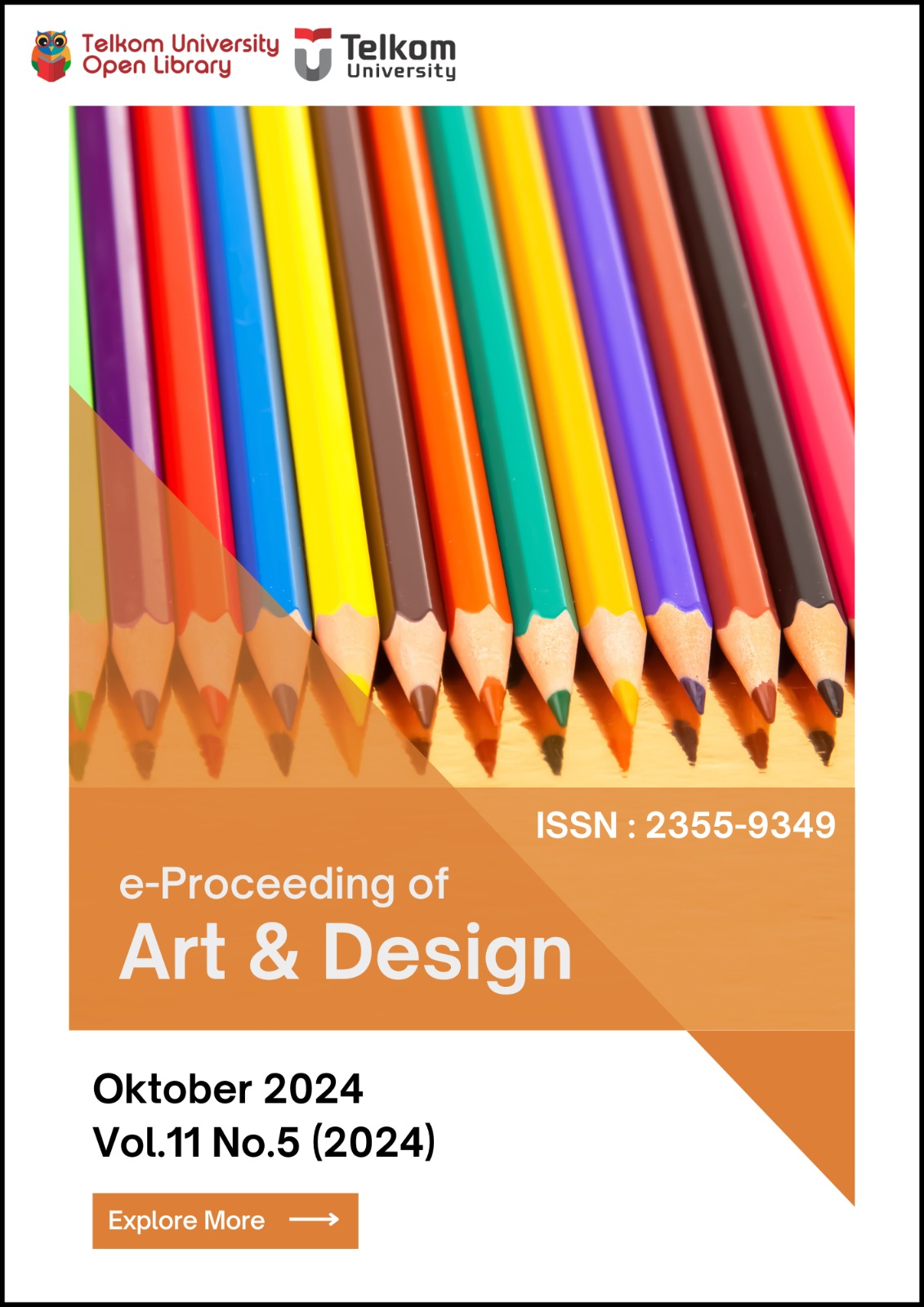New Design of a Growth and Development Clinic for Children with Autism in Surabaya Using a Multi-sensory Approach
Abstract
Surabaya faces challenges in providing healthcare services for children with autism, particularly due to the limited availability of therapy and developmental monitoring facilities. This creates difficulties for families seeking the necessary care. The design of the Child Development Clinic in Surabaya aims to offer healthcare and therapy services, as well as monitor and evaluate the developmental progress of autistic children aged 0-12 years. The clinic is also designed to serve as a consultation and educational facility for parents, communities, and the general public regarding autism. The methodology includes primary data collection through field surveys, interviews, and documentation, along with secondary data from literature studies. The outcome of the design is the application of a multi-sensory approach, tailored to the needs of autistic children who have heightened sensitivity to environmental elements. This approach is expected to create a therapeutic environment that supports the optimal development of children with autism.
Keywords: autism, children, child develompent clinic, multy-sensory
References
Ćurči, A., Keković, A., Ranđelović, D., & Momčilović-Petronijević, A. (2019). Effect of Colour in Interior Design. 7th International Conference Contemporary Achievements in Civil Engineering (pp. 867-877). Subotica, Serbia: University of Niš, Faculty of Civil Engineering and Architecture.
Dewanto, R., & Indrawati. (2021). Studi Komparasi Suasana Psikologis yang Dibutuhkan Anak Autis dan Non Autis untuk Pemilihan Warna. SIAR II: Seminar Ilmiah Arsitektur II (pp. 293-301).
Dewi, D. A., Cholissodin, I., & Surtisno. (2019). Klasifikasi Penyimpangan Tumbuh Kembang Menggunakan Algoritme C5.0. Jurnal Pengembangan Teknologi Informasi dan Ilmu Komputer, 3(10), 10258-10265.
Eftekhari, M., & Gomeishi, M. (2023). Evaluation of Multisensory Interaction Between the Healing Built Environment and Nurses in Healthcare Nursing Stations: Case of Tehran Hospital. The Center for Health Design: Health Environments Research & Design Journal, 16(3), 210-237.
Habbak, A., & Khodeir, L. (2023). Multi-sensory Interactive Interior Design for Enhancing Skills in Children with Autism. Ain Shams Engineering Journal, 13(8), 1-13.
Jati, R. M. (2018). Ruang Interaktif Dalam Fasilitas Kesehatan Anak (Interactive Space in Children’s Healthcare Facilities). MINTAKAT Jurnal Arsitektur, 19(2), 97-107.
Kasper, N., Ilvitskaya, S., & Petrova, L. V. (2019). Interior Design of Habilitation Center for Young Children. IOP Conference Series: Materials Science and Engineering, 698(1), 1-5.
Manayra, S. A., Akhmadi, & Harisitianti, V. (2024). Perancangan Interior Sekolah Khusus Anak Slow Learner di Kota Bekasi dengan Pendekatan Perilaku. eProceeding of Art & Design, 11(1), 1535-1537.
Ramadhanti, C. A., Adespin, D. A., & Julianti, H. P. (2019). Perbandingan Penggunaan Metode Penyuluhan dengan dan Tanpa Media Leaflet terhadap Pengetahuan dan Sikap Ibu tentang Tumbuh Kembang Balita. Jurnal Kedokteran Diponegoro, 8(1), 99-120.
Saing, B. (2021, August 23). Kapan Harus Membawa Si Kecil ke Klinik Tumbuh Kembang Anak? Hermina Hospital. Diambil kembali dari https://herminahospitals.com/id/articles/kapan-harus-membawa-si-kecil-ke-klinik-tumbuh-kembang-anak.html (Diakses pada 22 Oktober 2023 pukul 20.03 WIB).
Sutrisno, T. J., & Kwanda, T. (2020). Fasilitas Fisioterapi dan Rehabilitasi Medis untuk Anak di Surabaya. Jurnal eDimensi Arsitektur, 8(1), 345-352.
Tandian, S., & Anggoro, R. (2014). Fasilitas Terapi dan Bakat untuk Anak Autis di Surabaya. Jurnal eDimensi Arsitektur, 2(1), 81-87.
Utary, L., Rahardjo, S., & Asharshinyo, D. (2018). Aplikasi Tema Desain Rumah Sakit Ibu dan Anak Berdasarkan Karakteristik Pengguna Ruang. IDEALOG (Ide dan Dialog Indonesia), 3(1), 23-35.






